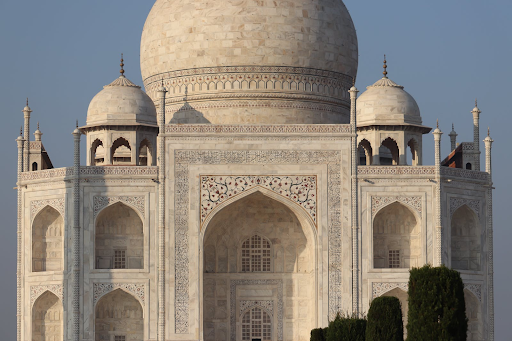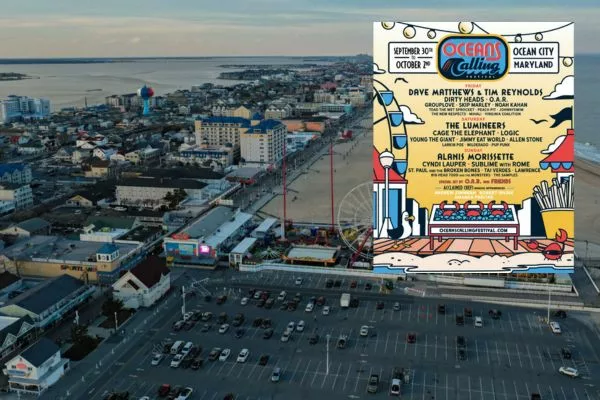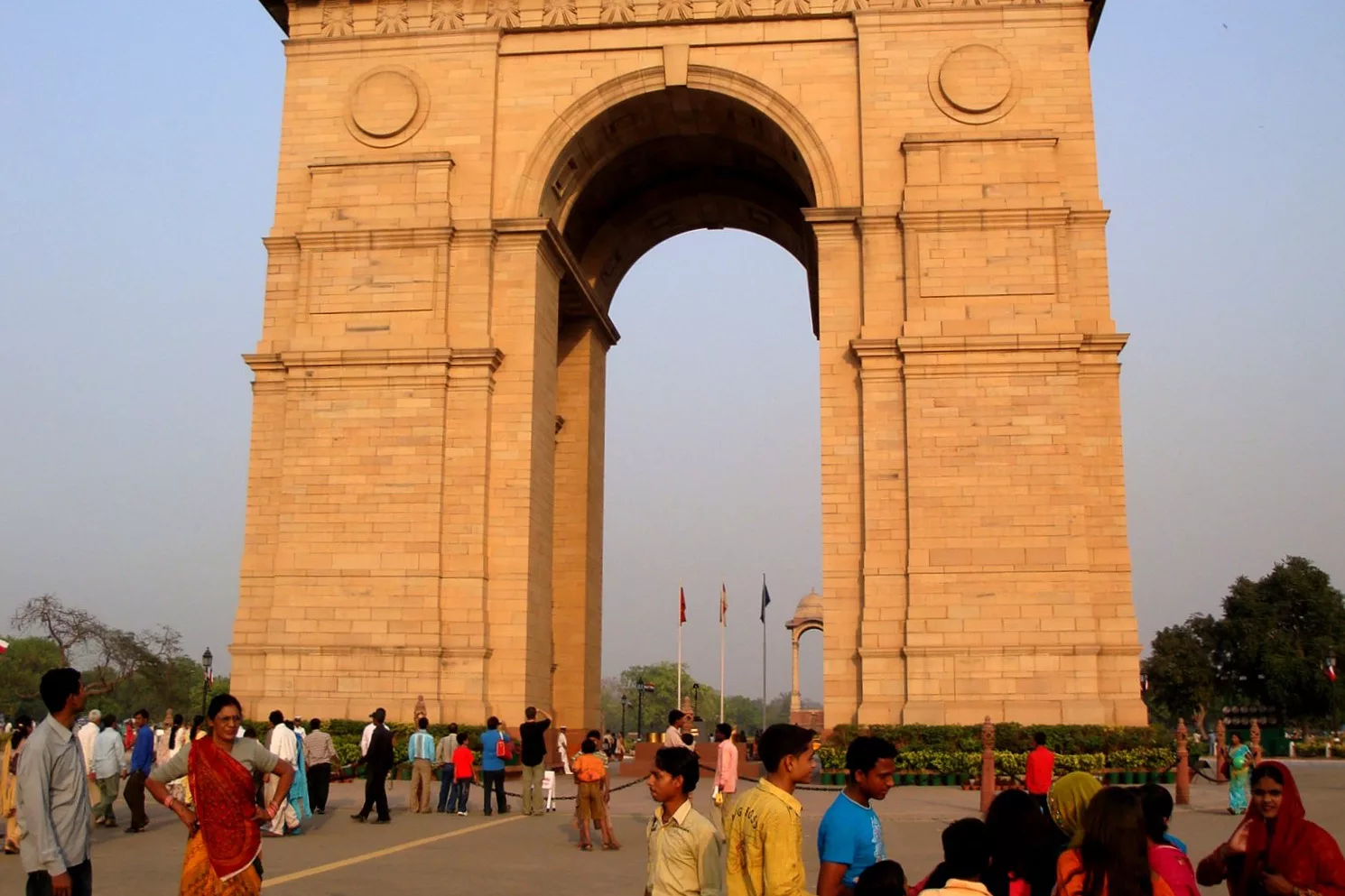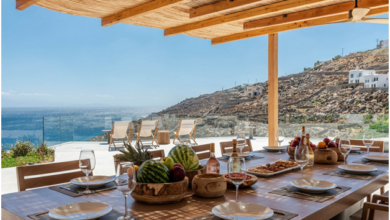Throughout history, individuals and organizations have made extravagant and unique expenditures that have left the world in awe. These remarkable instances of spending showcase the boundless creativity, ambition, and, at times, sheer extravagance of humanity. In this article, we will delve into some of the most unique spendings ever made in history, highlighting the stories behind these fascinating financial choices.
The Taj Mahal: A Monument to Love
Arguably one of the most iconic symbols of love and architectural brilliance, the Taj Mahal stands as a testament to the extravagant spending of the Mughal Emperor Shah Jahan. Commissioned in the 17th century, this magnificent mausoleum was built in memory of his beloved wife Mumtaz Mahal, who died during childbirth. The construction of the Taj Mahal took over 20 years and required the labor of thousands of workers and the use of precious materials, including white marble and gemstones. In the 17th century there was no such thing as a cardholder or a black wallet. Therefore, it is impossible to put an exact price tag on this symbol of love, its cost is estimated to be equivalent to billions of dollars today.
The Great Pyramids of Giza: An Ancient Wonder
Built over 4,500 years ago, the Great Pyramids of Giza remain one of the most enduring and awe-inspiring architectural feats in history. These massive structures were constructed as tombs for the pharaohs and were made using colossal limestone and granite blocks. The amount of labor, resources, and time invested in building these pyramids is astounding. Estimates suggest that the cost of constructing the Great Pyramid of Khufu alone would be equivalent to billions of dollars in today’s currency.
The Sistine Chapel Ceiling: Artistry Beyond Measure
The Sistine Chapel, located in Vatican City, houses one of the most famous and remarkable works of art in history—the ceiling painted by Michelangelo. Commissioned by Pope Julius II in the early 16th century, this project was a true marvel of creativity and extravagance. Michelangelo spent four years working on the intricate frescoes, which depict scenes from the Bible and the creation of Adam. The cost of this artistic masterpiece was not just measured in currency but in the genius and dedication of a brilliant artist.
The International Space Station: A Cosmic Endeavor
In the realm of modern times, the International Space Station (ISS) stands out as a unique spending project. This collaborative effort involving multiple countries, including the United States, Russia, Japan, Canada, and Europe, has resulted in the construction of a habitable space station orbiting Earth. The ISS is a testament to human innovation and international cooperation, with an estimated cost exceeding $150 billion. It serves as a remarkable example of how nations can come together to achieve the extraordinary.
The Blue Moon Diamond: A Gemstone Extravaganza
When it comes to unique spending on luxury items, few can rival the purchase of the Blue Moon Diamond. In 2015, a Hong Kong billionaire named Joseph Lau bought this extraordinary 12.03-carat blue diamond at an auction for a staggering $48.4 million. The diamond’s rarity, intense blue color, and impeccable quality made it one of the most expensive jewels ever sold. Lau famously renamed the diamond the “Blue Moon of Josephine” and gifted it to his seven-year-old daughter.
History is replete with examples of unique spendings that range from grand architectural wonders to priceless works of art and extravagant luxury purchases. These expenditures not only reflect the wealth and ambition of those who made them but also serve as enduring testaments to human creativity and the pursuit of beauty, love, and innovation. While the price tags attached to these unique spendings are often astronomical, they remind us of the extraordinary capabilities and desires that have shaped our world throughout the ages.

 Char Dham Yatra 2024 Starts: Online Registration, Routes, And Everything Important
Char Dham Yatra 2024 Starts: Online Registration, Routes, And Everything Important Discovering Asia’s Marvels In Singapore and Malayisa
Discovering Asia’s Marvels In Singapore and Malayisa Explore the Jewel of Central Asia: Top Things to Do in Kyrgyzstan
Explore the Jewel of Central Asia: Top Things to Do in Kyrgyzstan Oceans Calling Festival 2024: Date, Location, Presale, Ticket Prices, Lineup and All Deets Inside
Oceans Calling Festival 2024: Date, Location, Presale, Ticket Prices, Lineup and All Deets Inside Traveling to India
Traveling to India Top 15 Rowdy Places in India Famous For Crime
Top 15 Rowdy Places in India Famous For Crime Is It Worth Visiting Santorini In Greece?
Is It Worth Visiting Santorini In Greece? Mykonos Vacation Made Perfect – How to Get the Most Out of Your Greek Holiday
Mykonos Vacation Made Perfect – How to Get the Most Out of Your Greek Holiday